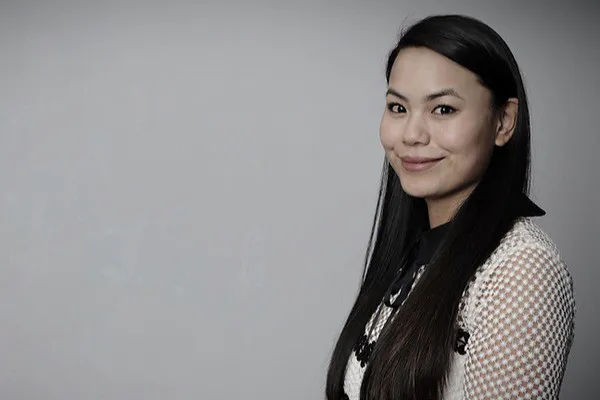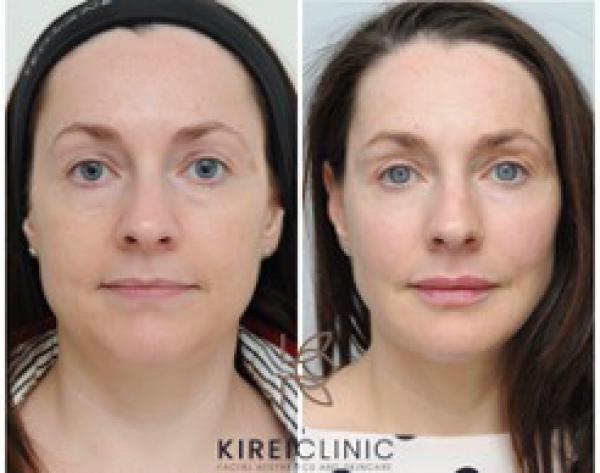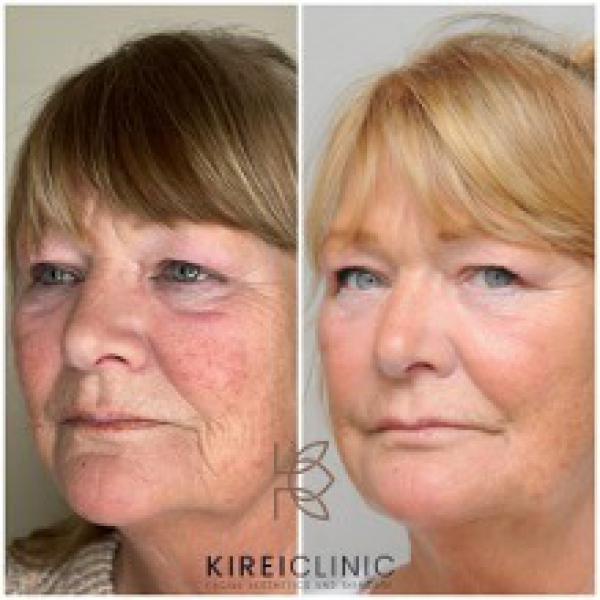
Through the ages
Dr Mei Yeoh on the evolution of aesthetic approaches
Facial aesthetic procedures have undergone substantial evolution since their inception in the 1980s. Both clinicians and patients have witnessed a transformative shift in mindset. Today, embracing a multi-modality approach to treatment has become imperative. In this article, we delve into the spectrum of treatments individuals between the ages of 30 and beyond might contemplate.
In their 30s, patients often seek these treatments to enhance their youthful appearance, boost self-confidence, and maintain a competitive edge in their personal and professional lives. The psychological benefits frequently include increased self-esteem and a positive outlook.
As patients move into their 40s and 50s, the focus shifts towards combating visible signs of ageing, such as fine lines and volume loss. Aesthetic treatments in these age groups can lead to improved self-perception and a sense of rejuvenation, aiding in maintaining a vibrant self-image.
When individuals reach their 60s and 70s, the desire to age gracefully becomes paramount. While the psychological impact remains positive, it often centres on embracing one’s natural ageing process and achieving a harmonious balance between how they feel and look. This age group is especially tricky to treat, as they were the original uses of Botox ™ in the 80s when the focus was on the upper third of the face, and there was not much further thought to the face or neck.
Overall, facial aesthetic treatments play a pivotal role in bolstering the psychological well-being of individuals across these age groups.
Patients in their 30s.

In the world of aesthetics, the age of 30 marks a significant milestone in a person’s life. Patients in their 30s are often at the crossroads between youth and adulthood, seeking treatments that not only enhance their physical appearance but also align with their emotional and psychological needs.
Many are transitioning into more established phases of their personal and professional lives, which can bring increased stress and the need for confidence and self-assurance. In this age group, common emotional concerns include concerns about early signs of ageing, career pressures, relationship status, and the desire to maintain a youthful and energetic appearance.
Addressing physical concerns
Preventative measures
Patients in their 30s often seek aesthetic treatments as a preventive measure. They may notice the emergence of fine lines, uneven skin tone, and mild volume loss. They want to preserve their youthful looks and delay the need for more extensive interventions later in life.
Common Aesthetic Concerns:
- Fine lines and wrinkles: Neurotoxin-based treatments like Botox and Azzalure can be effective in minimising expression lines and preventing the formation of deeper wrinkles.
- Skin texture: Modalities like radiofrequency microneedling, HIFU, chemical peels, and laser therapy help to improve skin texture, reduce pigmentation irregularities, and stimulate collagen production.
This patient came in for a consultation regarding her under-eye area; she felt that she always looked tired and down, even though she did not feel this way.
After a thorough consultation, we settled on a phased plan to treat the full face and improve her skin quality. During the course of treatment, the patient got a new job and wanted to feel more confident about her profile. At this point, we incorporated the nose and chin into the plan.
We treated this patient with a mixed range of dermal fillers for volume loss and volume enhancement. We addressed the early signs of lines in her skin with Botox ™ and then addressed the skin quality with a course of skin boosters. The patient followed a pH Formula skincare routine to improve her skin quality.
Aesthetic treatments for patients in their 30s go beyond just physical enhancement. They offer a unique opportunity to address the emotional concerns and desires of individuals at a pivotal point in their lives. We should approach this age group with empathy, providing personalised treatments that enhance both appearance and emotional well-being. By balancing beauty and emotion, we can help our patients embrace their 30s with confidence.
Patients in their 40s-50s

Entering this age group is a significant milestone, marked by a unique blend of life experiences, self-discovery, and, inevitably, signs of ageing.
While embracing these changes is a part of the natural journey, many individuals in this age group seek facial aesthetic treatments to enhance their appearance and confidence.
For patients in their 40s-50s, this can be a time of self-reflection and reevaluation. Many individuals in this group have achieved personal and professional milestones, allowing them to focus more on themselves. It’s a time when confidence is at its peak, and the desire to maintain or regain a youthful appearance becomes a driving force.
Many of these individuals often establish a significant link between their appearance and their emotional state. For instance, those experiencing age-related changes in the marionette areas might wrongly perceive a perpetual expression of sadness or low spirits, even when their emotional state doesn’t align with this perception.
What patients in this age group look for:
- Wrinkle reduction: Fine lines and wrinkles are usually the most common concern.
- Volume restoration: As collagen and elastin production decline, patients often notice a loss of facial volume. Dermal fillers are frequently sought to restore volume, particularly in the cheeks and midface.
- Skin quality improvement: Improving skin texture and quality is a common goal. Patients aim to achieve a smoother, more radiant complexion and reduce the signs of ageing.
- Confidence boost: Overall, patients in their forties seek aesthetic treatments to enhance their self-confidence and maintain a youthful appearance that aligns with how they feel.
This patient came in for a consultation for cheek fillers. She felt that she had lost volume and definition in this area and wanted to look more youthful.
After a thorough consultation, we devised a treatment plan to address her concerns.
The plan consisted of:
- Botox ™ to the upper third of the face
- Dermal fillers for volume replacement to the temples, under the eye, midface cheek, nose to mouth lines, lips, chin, pre-jowl and jawline.
- Medical microneedling
- Skin boosters
- pH Formula resurfacing for pigmentation.
- pH Formula MELA homecare kit
Along the journey, my patient also lost weight as she had found a new sense of confidence, and this was also reflected in her dress sense!
The 40-50s age group represents a period of empowerment and self-assuredness, and facial aesthetics can complement this phase of life. By understanding the emotional mindset and unique needs of individuals in this age group, we can provide targeted treatments that enhance both appearance and self-confidence.
Patients in their 60s +

For patients aged 60 and above who are new to facial aesthetic treatments, the initial consultation can be quite intimidating. In contrast, patients in their 30s and 40s tend to be more open to these treatments due to readily available online information. This age group typically seeks solutions to address various signs of ageing. However, it is crucial to approach facial and neck treatments holistically in this age group, as selectively targeting specific areas may result in an unnatural appearance. In some instances, surgical procedures may be recommended for the best possible outcomes, although the prospect of surgery can be daunting for most patients.
As for what patients in their 60s and beyond seek in aesthetic treatments, they often show a greater degree of self-acceptance regarding their age and the ageing process. Consequently, their goal is to appear refreshed rather than “treated”. The emphasis for any treatment plan is on treatments that yield subtle results with a focus on rejuvenation rather than a dramatic transformation.
- Radiofrequency microneedling to the face and neck (course of 3)
- Hyperdiluted Radiesse to the face and neck (course of 3)
- pH Formula resurfacing for pigmentation.
- pH Formula MELA homecare kit
- Dermal fillers for volume loss and skin strengthening (cheeks, marionettes, perioral area)